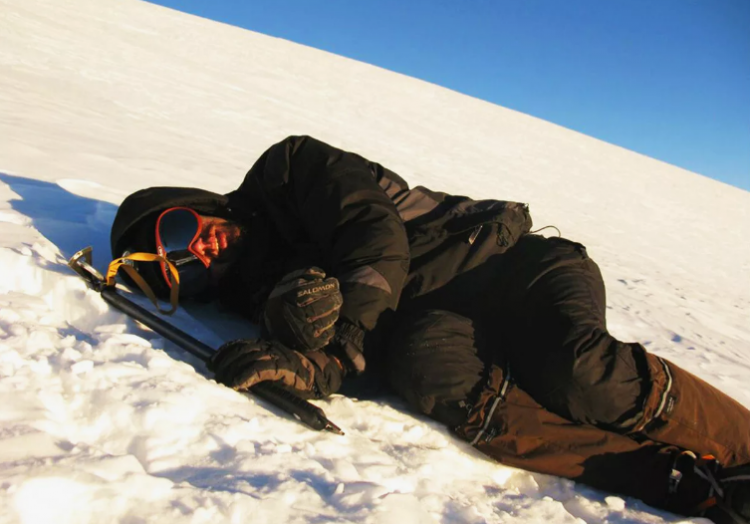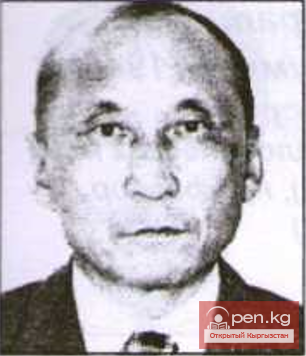
At altitudes of 1500-2500 m above sea level, there may be slight functional changes in well-being, such as fatigue, increased heart rate, and a slight rise in blood pressure. After 1-2 days (depending on the athlete's training), these changes usually disappear. Blood oxygen saturation at this altitude is practically within normal limits.
With a rapid ascent to altitudes of 2500-3500 m above sea level, symptoms of hypoxia develop very quickly and also depend on the athletes' training. Participants may exhibit symptoms from the nervous system — sluggishness on the route, poor or slow execution of commands, and sometimes euphoria develops. A calm and modest athlete suddenly starts to argue, shout, and behave rudely. In this case, it is very important to immediately check the indicators from the cardiovascular system — hypoxia will manifest as an increased heart rate (more than 180), an increase in blood pressure (this can be determined by the strength of the pulse wave at the wrists), and an increase in shortness of breath (shortness of breath is considered to be an increase in the number of breaths to more than 30 per minute). If these symptoms are present, a diagnosis of mountain sickness can be made with certainty.
At altitudes of 3500-5800 meters, blood oxygen saturation will be significantly less than 90% (with 90% considered normal), so manifestations of mountain sickness occur more frequently, and complications such as cerebral edema and pulmonary edema are also often observed.
During sleep, the affected individual may experience pathological rare breathing (so-called "periodic" breathing, caused by a decrease in carbon dioxide levels in the blood), mental disturbances, and hallucinations. A decrease in carbon dioxide in the body leads to a reduction in the frequency of breaths during sleep due to decreased activity of the respiratory center in the brain (when a person is awake, the number of breaths is regulated by consciousness), which further exacerbates hypoxia. This usually manifests as episodes of suffocation or even temporary cessation of breathing during sleep.
In the case of intense physical exertion, the symptoms of mountain sickness may intensify. However, a small amount of physical activity is beneficial, as it stimulates anaerobic metabolic processes in the body and neutralizes the increase in hypoxia in organs and tissues. Many high-altitude athletes (Reinhold Messner, Vladimir Shataev, Eduard Myslovsky) have mentioned the necessity of moving to overcome it.
Extreme altitudes are considered to be above 5800 m above sea level, and prolonged stay at such heights is dangerous for humans. High levels of ultraviolet radiation, strong, sometimes hurricane-force winds, and temperature fluctuations quickly lead to dehydration and exhaustion of the body. Therefore, those who ascend to such heights must be very resilient and trained to withstand the effects of hypoxia, and they must consume sufficient amounts of water and high-calorie, easily digestible foods during the ascent.
At altitudes above 6000 m, complete acclimatization is even more challenging; as a result, even many well-prepared high-altitude climbers have noted numerous signs of mountain sickness (fatigue, sleep disturbances, slowed reaction, headache, altered taste sensations, etc.) when at high altitudes.
At altitudes above 8000 m, an unacclimatized person can stay without oxygen for no more than 1-2 days (and even then, only with overall high training and internal reserves). The high-altitude zone is where the body expends more energy to sustain its own vital functions than it can obtain from external sources (nutrition, breathing, etc.). A stark confirmation of the lethality of altitude comes from aviation medicine — at altitudes of about 10,000 m, sudden cabin depressurization leads to death if oxygen is not urgently supplied.
Mountain sickness in mountain hikes and ascents. Part -1













































